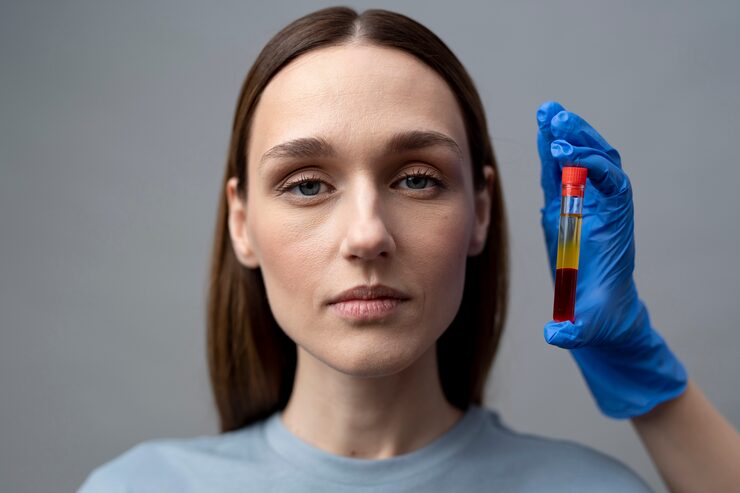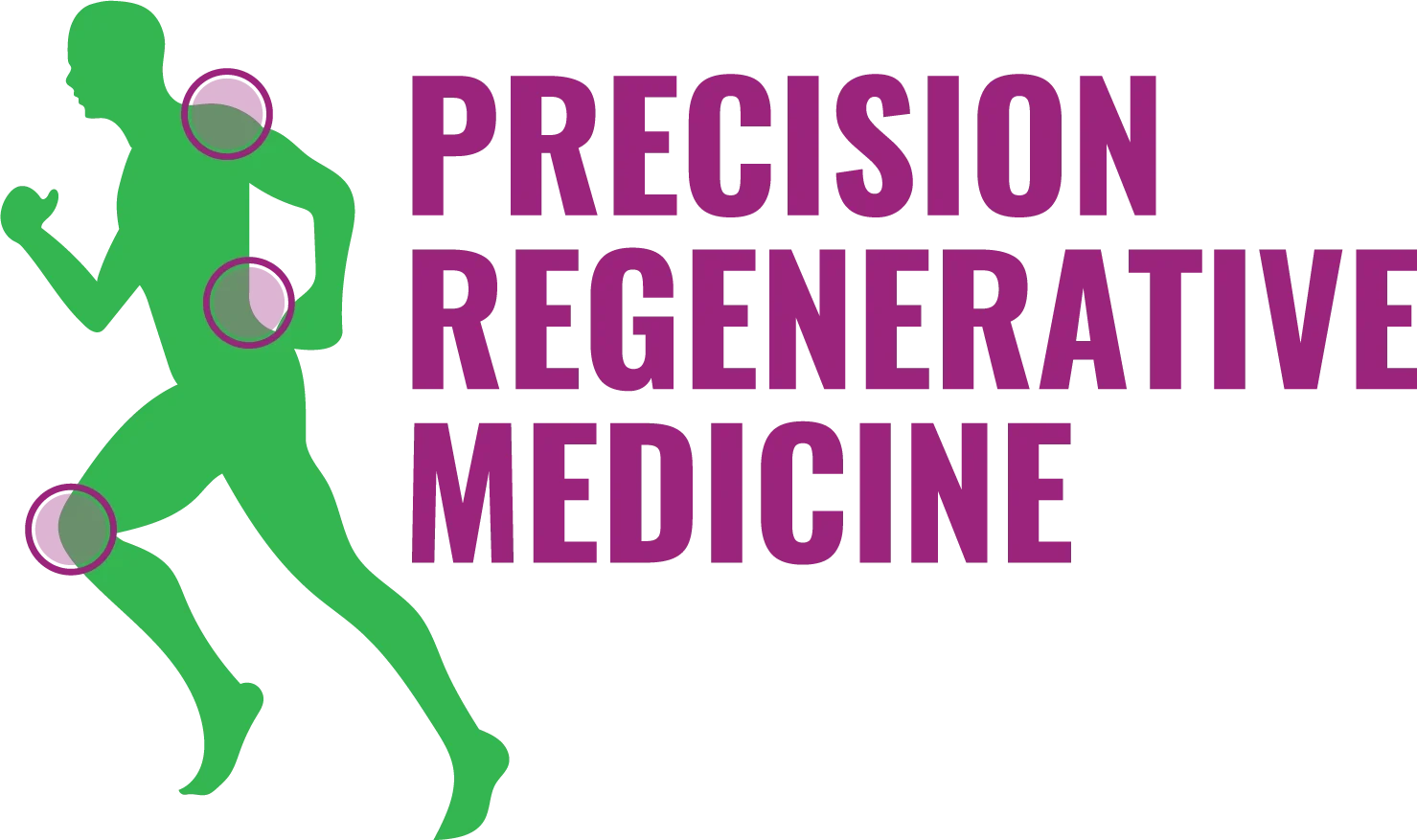We Offer Platelet-Rich Plasma (PRP) Injections in Scottsdale, AZ
Do you want to heal faster from an orthopedic injury, relieve the pain of arthritis, or reduce the need for prescription painkillers?
If so, you should talk with Dr. Tammy Penhollow, DO, at Precision Regenerative Medicine™ about platelet-rich plasma (PRP) injections.
Dr. Penhollow has offered PRP therapy since 2016. In that time, she helped hundreds of patients overcome injuries and return with confidence to activities they love.
Patients searching for PRP injections in Scottsdale often find their way to Dr. Tammy Penhollow at Precision Regenerative Medicine™, where regenerative science meets precision image-guided care.
To schedule an appointment, call the office in Scottsdale, Arizona, or request an appointment online today.

PRP Injections—Your Questions Answered
What is platelet-rich plasma?
PRP is an injectable treatment containing concentrated platelets mixed with plasma. Both ingredients are naturally found in blood.
Plasma is the liquid part of your blood, while platelets are cells that store highly specialized proteins called growth factors.
Any time you have an injury or disease, platelets travel to the area and release growth factors. Growth factors are essential for healing because they:
• Trigger the healing response
• Accelerate healing
• Regulate inflammation
• Attract circulating anti-inflammatory mediators and macrophages to the area
• Stimulate new blood vessel growth
• Build a matrix that supports new tissues
When you receive PRP therapy, the platelets in your injection do the same thing, releasing growth factors that promote healing.
Where does platelet-rich plasma come from?
Your PRP injection is made from your own blood. Dr. Penhollow draws a blood sample, then processes it in a centrifuge that separates the platelets and plasma from other cells.
Since PRP comes from your blood (autologous), you do not reject the cells, like you would with allogenic tissue (from another human). Dr. Penhollow also follows sterile techniques so there’s a low risk of infection.
Dr. Penhollow injects your PRP using real-time ultrasound and/or fluoroscopic imaging to see your tissues and guide the needle. This ensures that the healing cells are deposited at the site of your damaged tissues.
What injuries may improve with a platelet-rich plasma injection?
Dr. Penhollow may recommend PRP for many orthopedic injuries and conditions. A few examples include:
• Arthritis
• Sports injuries
• Rotator cuff tears
• Knee pain
• Shoulder pain
• Tendonitis
• Herniated discs
• Degenerative disc disease
• Ligament, tendon, and muscle injuries
Though PRP boosts healing in most injuries, it’s especially beneficial if you have a slow-healing wound, a severe injury, or the injured tissues don’t have a good blood supply.
Learn more about how PRP integrates with other biologic options on our Regenerative Medicine page: https://precisionmedprp.com/regenerative-medicine/
Schedule Your PRP Consultation in Scottsdale
Ready to learn if PRP is right for you?
Schedule a consultation with Dr. Tammy Penhollow at Precision Regenerative Medicine™ in Scottsdale, AZ.
